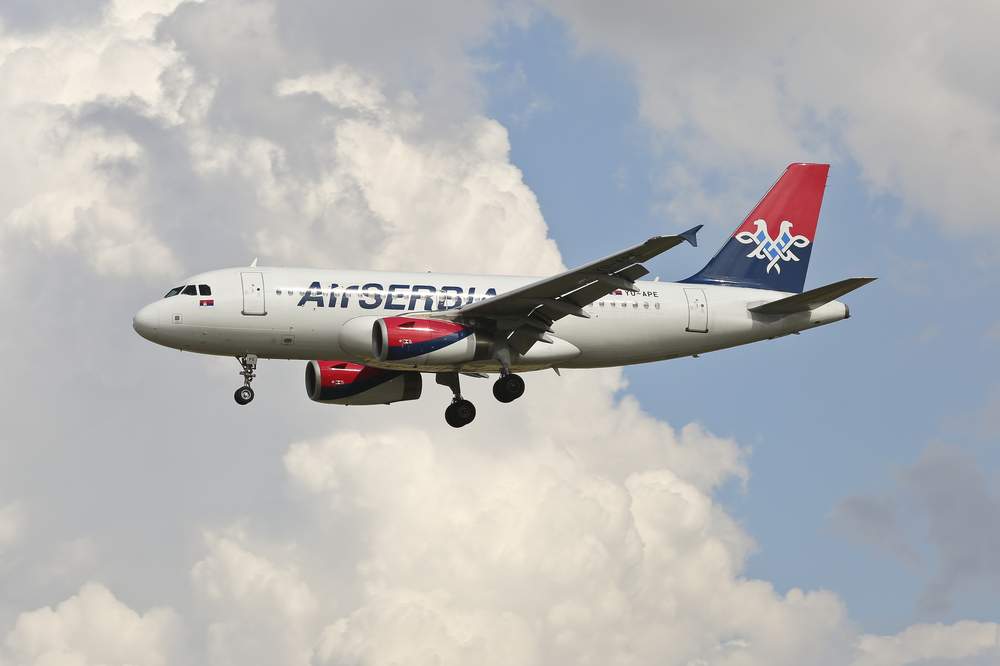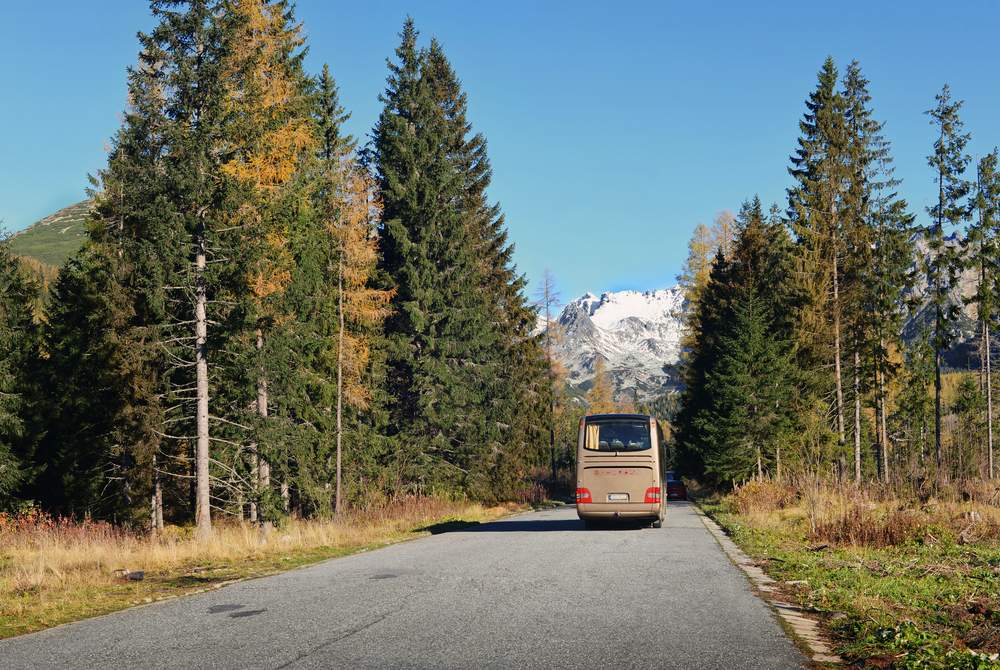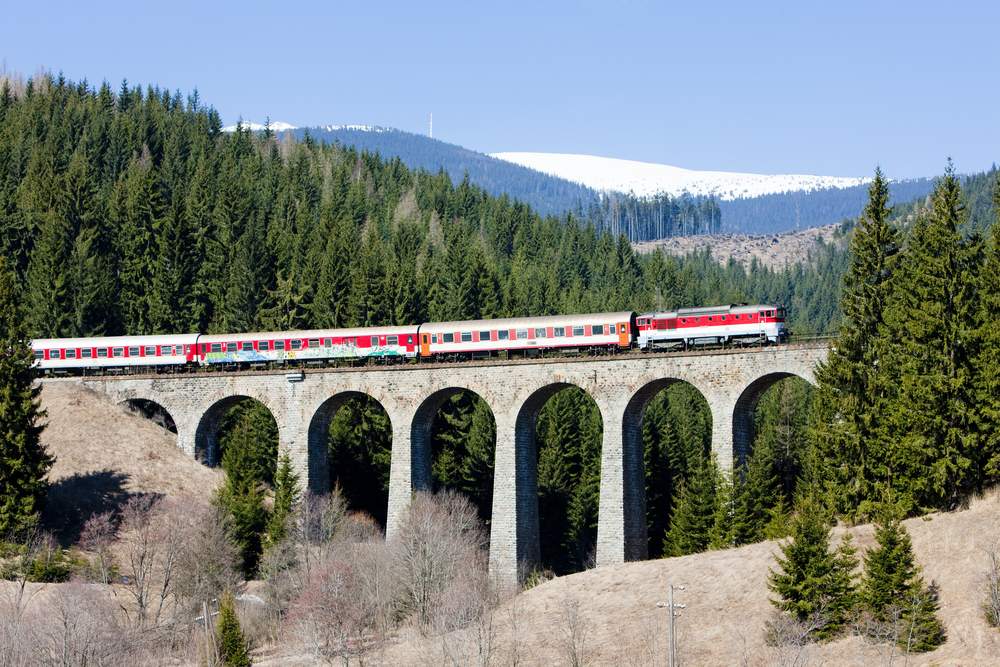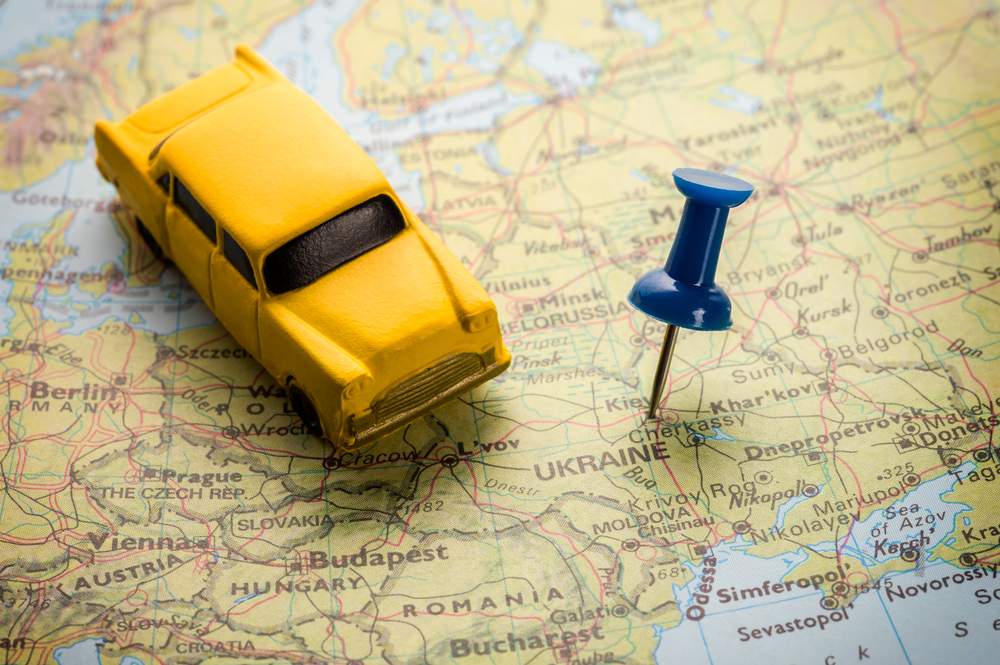As many of us know already, if your vacation budget is low, visiting one of the Eastern European countries can represent a great way to see lovely places without spending too much. No matter where you are heading to, cheap accommodation is really easy to find. What will give you quite a few headaches is the transport.
Flights and low-cost carriers

A very good choice is to fly into Budapest, as it is a big hub in the area, and then look for connecting flights to the other countries in the area.
Some of the low-cost carriers include:
WizzAir is operating in 5 countries in the region (Poland, Hungary, Bulgaria and Romania) and offers flights to numerous Eastern & Southeastern European countries.
BlueAir is based in Romania and although it offers flights to Greece, Turkey as well as Western European countries.
Corendon.com is based in Turkey and offers mainly domestic flights and flights to Western European.
Jat Airways (now Air Serbia) is based in Belgrade and offers flights to Greece, Turkey and Western Europe.
Air Baltic has hubs in Riga and Vilnius and offers flights to Eastern Europe as well as Western Europe.
Alpi Eagles is based in Italy and offers flights to Romania.
Atlasjet is based in Turkey and offers domestic flights only.
Belle Air is based in Albania and offers flights to Greece, Albania and Italy.
Estonian Air is based in Estonia and offers flights in Eastern Europe.
Long-haul buses

Long-haul buses are a good way to travel between Eastern European countries. However, contrary to popular belief, they are almost as expensive as the low-cost airlines. But they are cheaper than fast trains (i.e. Intercity-type) and regular airlines.
If you plan to travel between two Eastern European cities and there’s no way to find a low-cost flight, then booking a bus ticket is the best alternative. Of course, you need to plan for long days/nights on the bus especially in the countries where the highways are non-existent (or limited to a total of 200 km!).
Trains in Eastern Europe

Rail Passes – Worth the money, or not?
The majority of travelers used to the Western Europe assume that passes (and mostly Eurorail passes) are a great way to save money if you plan to travel by train in Eastern Europe. Well, they are not. Of course you can buy passes which comprise these countries but when you compare prices you’ll soon figure out that it’s cheaper to buy directly from the country where you are departing from.
Speed…somebody make them go faster, please!
It’s also useful to know that in some Eastern European countries (Romania is a good example), train travel can be painfully slow. Yes, there are fast trains (called “rapid” and “intercity”) but a name won’t do much to “compete” with the poor state of the infrastructure and the fact that they are currently working on improving some tracks (and hence, finally, increasing the speed). At least the fast trains are clean and many of them have power plugs and restaurants.
Can I (eventually) buy a ticket?
The most useful site when it comes to finding connections is the German national rail site, DB Bahn. Unfortunately, you cannot find the prices but you can figure out how much time you need to get from one place to another. You can also check out the national railways websites but don’t expect to be able to book anything online. Some of the sites are also in English and you can find out the timetables and the prices but that’s about it.
When it comes to buying a ticket, the best advice would be to just go in the station, look for the tickets sign (and I do mean “sign”…something which looks like a ticket) and try your luck. If the person doesn’t speak English, write down the place you want to get to on a piece of paper. And always ask for 2nd class (often known as “tourist”).
Most train stations do have at least some signs in English (like “arrivals” and “departures”) or use the internationally known signs (i.e. “i” for Information). You will be disappointed to find that unless you go to the Tourist Information booth (if it exists), it’s hard to actually use English. Budapest is a very good example; you can get general tourist information from the Tourist Information booth but when you need to buy train tickets (or public transport passes if you spend some days in the city) you are left with pointing to a text written on the window or highlighting the info on the map you get from the booth (yes, that’s exactly what I was advised to do and it worked!).
Murphy’s Law is popular in Eastern Europe
If something can go wrong, it will go wrong…so be prepared for some hiccups. IT systems may be down and you will wait hours for a reservation. The workers don’t speak a word of English so you’ll have to write things down and hand the paper over. Or trees (or rocks) fall on the tracks and you’ll be waiting for hours (in the train or near it, your choice!) until someone comes to fix the problem.
Car rentals

If you have a driver’s license and don’t mind a little bit of hectic traffic, then you can consider renting a car in Eastern Europe. Prices vary from country to country but can be as low as €30 per 24 hours.
Don’t expect to find a GPS on cars so make sure to buy a good map (the newest ones are always available in gas stations) and even look up the directions on Google Maps. With those printed and a map available, chances are you won’t get lost.
Unfortunately, road signs tend to be nonexistent in some countries, especially if you are looking for those pointing to the cities you need to get to. I’ve seen such signs right after the turn we had to take or they didn’t exist at all and had to ask at a gas station (even though we had a map).
In some countries it takes ages to get from one place to another because there aren’t any highways. The roads designated “E” are NOT highways, they are European roads (max speed is 120 kmph on most). And they are usually very busy.
If you plan to drive your rental car in another country than the one where you rented it, you should check with the company. Most often, you are not allowed to cross the border in a rental car.
Hitchhiking

I’ve done my fair share of visiting Eastern Europe (particularly two countries) and I must admit that I could hardly spot any hitchhikers. Locals still do it when they need to get from a bigger city to a village nearby, but there’s hardly anyone trying to cover long distances by hitchhiking.
Although not illegal, hitchhiking is not exactly the safest way to travel in Eastern Europe especially if you are a foreigner and don’t speak the language. If you must do it, make sure to bring a friend along. Carry the bags with you all the time and use the passenger seat (the back seat is more vulnerable). Remember the car’s details in case anything goes wrong (and so you’ll be able to report the driver).
A common way to signal you are looking for a ride to a town is to carry a cardboard with the name of the city written on it. Stay close to the entrance on the highway (but NOT on the highway) or close to big cross roads. Remember that although not required, in many cases you are “asked” to pay for the trip (try to solve this issue BEFORE you get on the car).
Check out the following articles on Eastern Europe:
- 8 Places in Europe That Still Feel ‘Untouched’
- 12 Budget European Destinations to Add to Your RTW
- Best Festivals and Events in Europe
Photo credits: seregalsv ; Nicolas Economou ; Dmytro Gilitukha ; PHB.cz (Richard Semik); Tania Zbrodko Mr.Exen